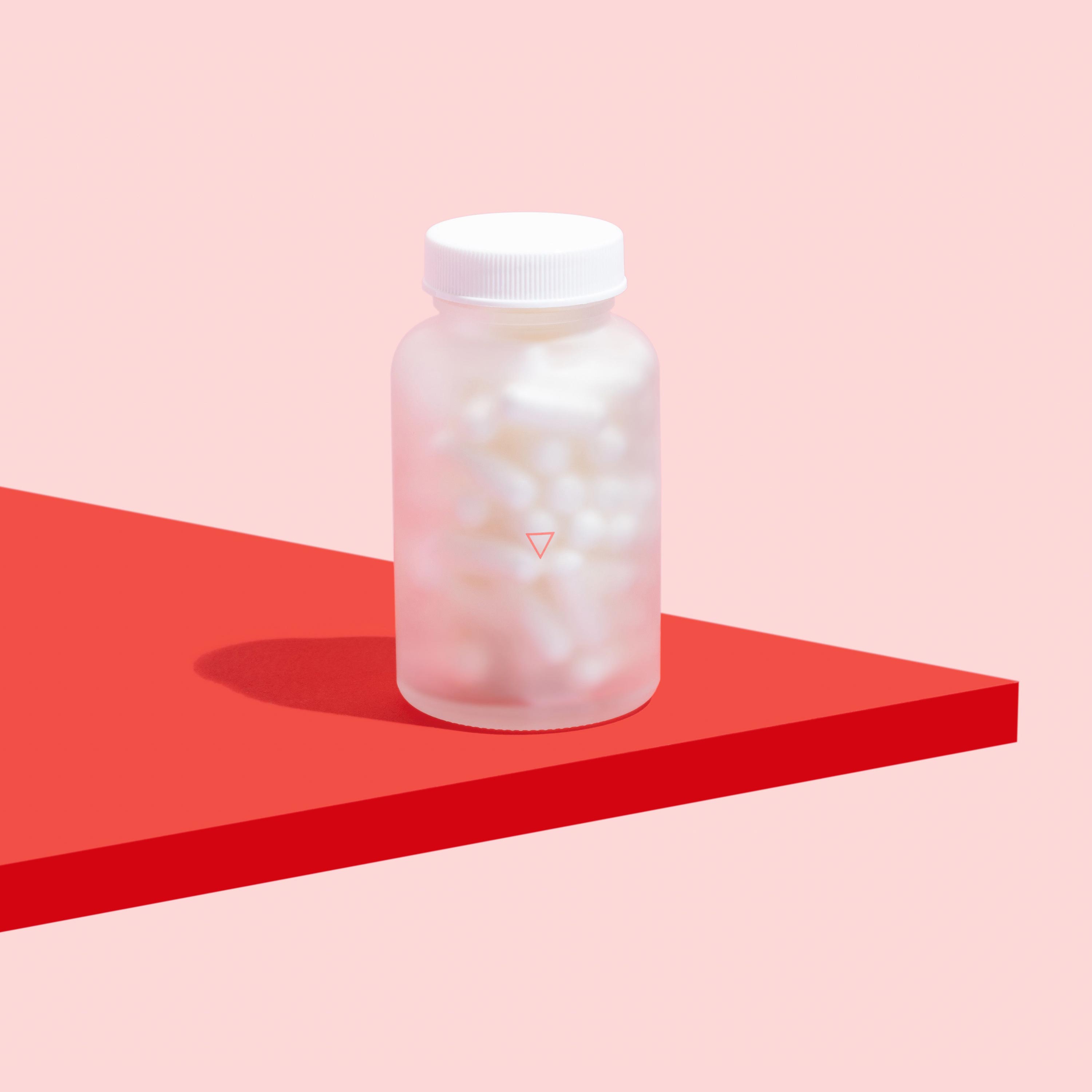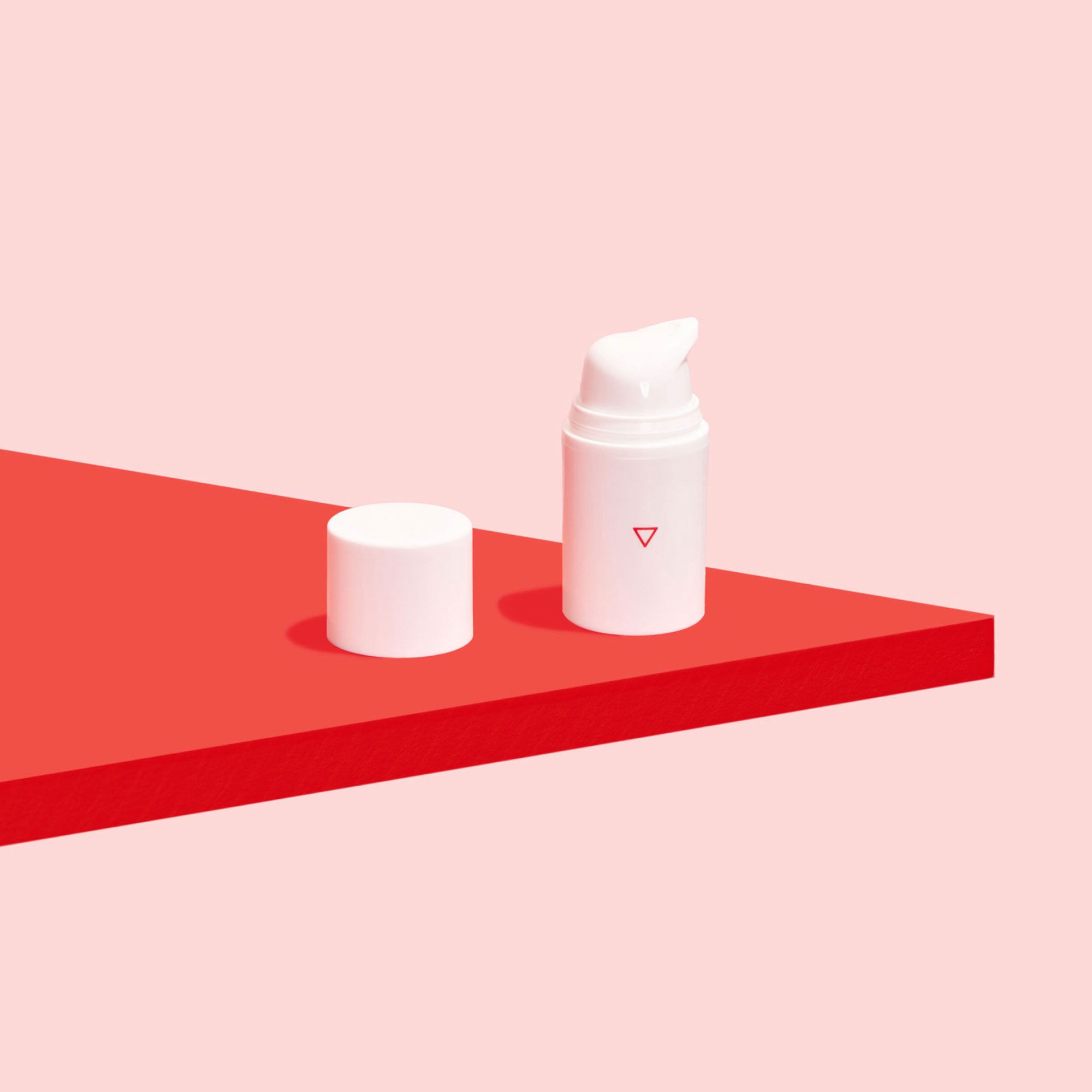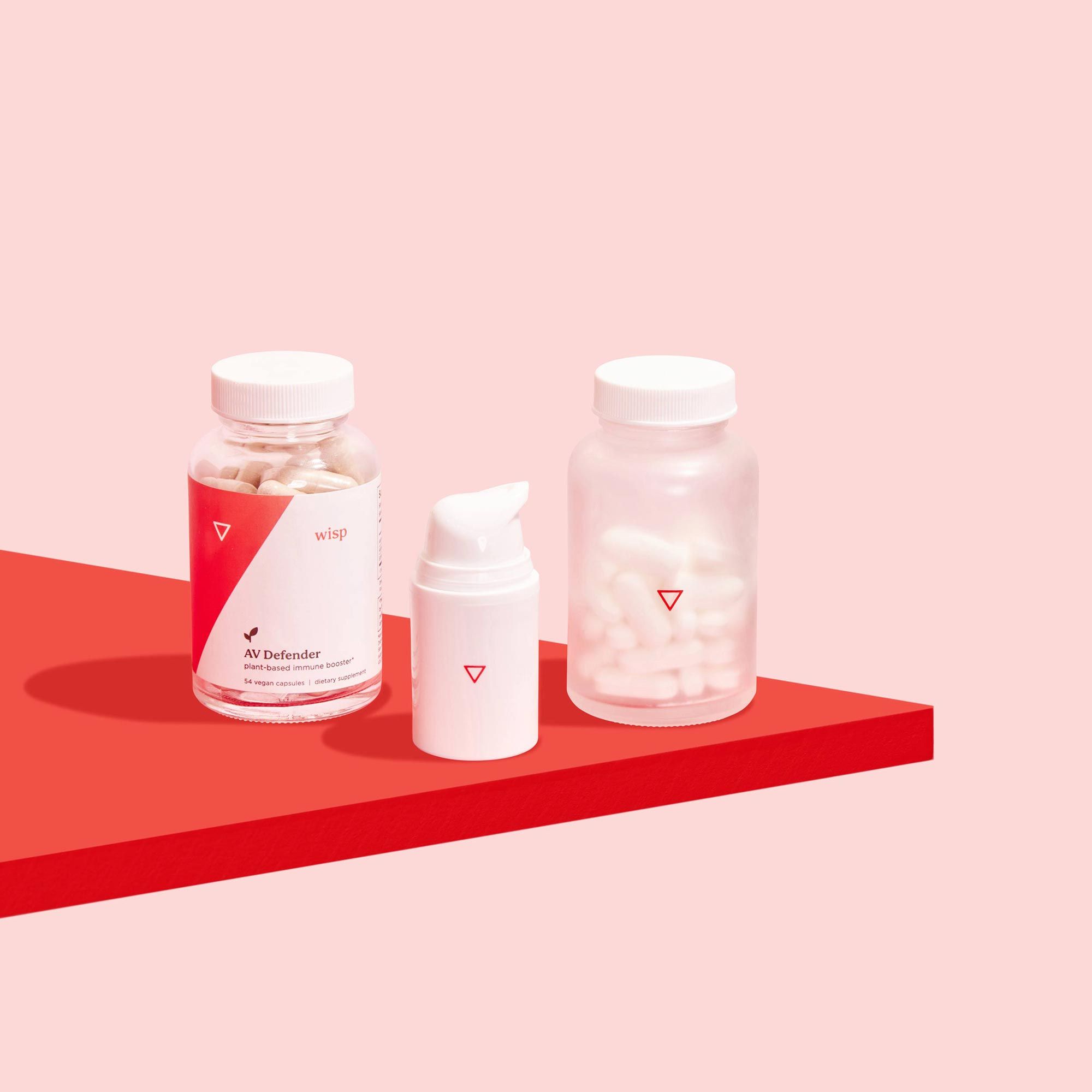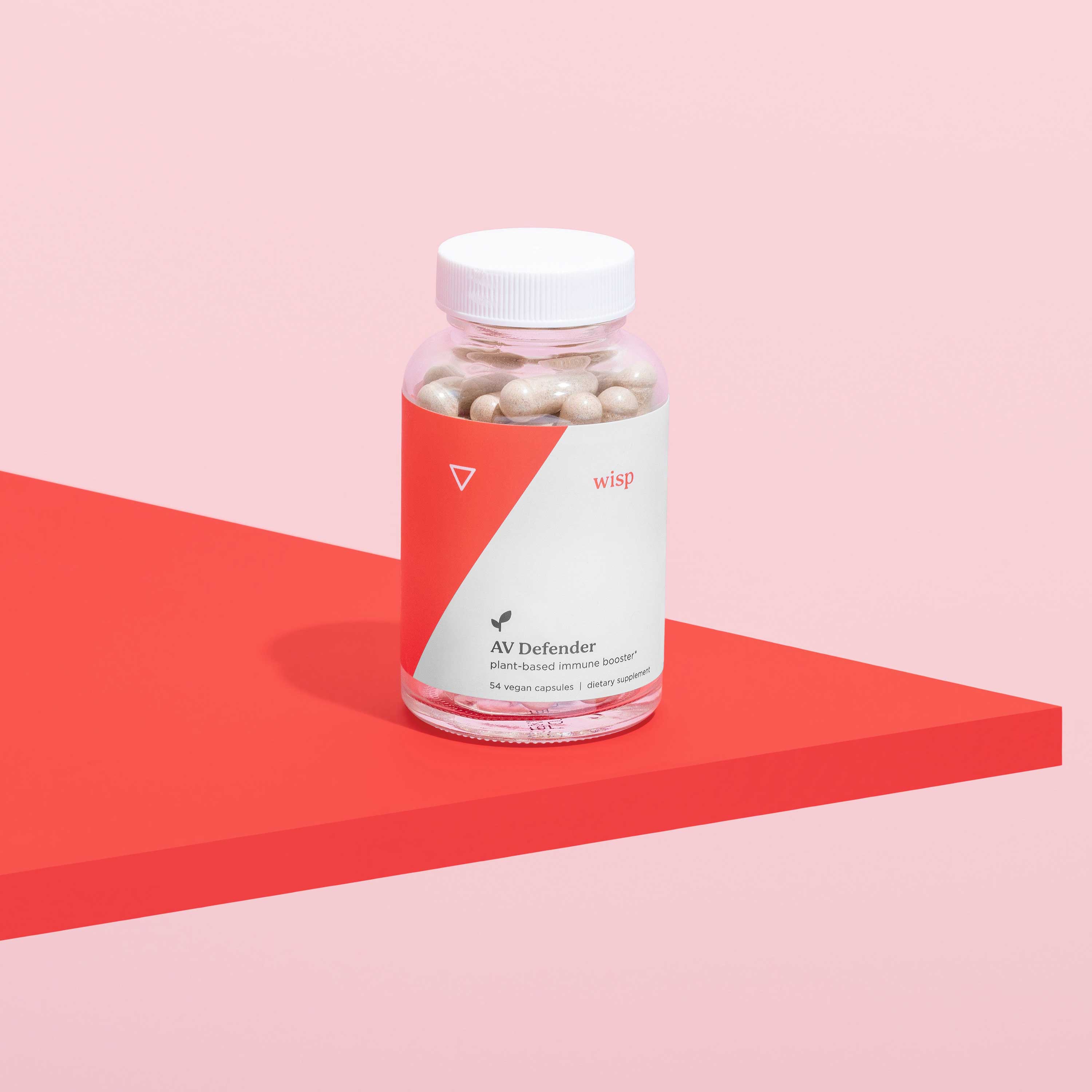
Everything You Need to
Know About Asymptomatic
Transmission of HSV-1 and 2
By Kathleen Morrison
April 30, 2021
Confused about herpes? Wondering how it spreads and how you may have contracted it?
It’s an uncomfortable position to be in, but not an uncommon one.
As many as 50% of Americans may have oral herpes, and up to 1 in 8 adults have genital herpes. While this STI can sometimes be painful and inconvenient, it definitely isn’t life-threatening.
Despite how prevalent HSV (herpes simplex virus) is, it’s widely misunderstood and often stigmatized. This is partly due to a lack of education and partly due to the fact that it spreads in complex and indirect ways. Thankfully, outdated ideas towards HSV are dying out as we become more informed and discover increasingly effective treatment options. We're shining a light on misinformation about how HSV spreads and empower you with the education you need to make informed decisions.
The Basics of HSV
There are two strains of HSV: HSV-1 and HSV-2.
- When either strain of HSV shows up around your genital area, it’s called genital herpes.
- When either strain shows up around your lips, mouth, and/or throat, it’s called oral herpes (HSV-1 typically causes this type and it’s much more common than genital herpes).
- HSV may cause blisters around infected areas, colds sores, pain and itchiness, and flu-like symptoms.
- HSV spreads through kissing and sexual contact.
- It is possible (and not uncommon) to both have and spread HSV without experiencing any symptoms yourself.
This process of symptom-less spread (or asymptomatic transmission, in technical terms), is what we’ll discuss next.
Understand How Herpes Spreads: Viral Shedding 101
You can certainly contract HSV by coming into contact with someone’s herpes sores (cold sores or genital sores). This type of transmission seems pretty obvious — and touching open sores or blisters is something we try to avoid even if there weren’t any risk of infection. This avoidance behavior means that HSV doesn’t typically spread through direct contact with infected sores and blisters. Instead, it spreads invisibly through a sneaky process called viral shedding.
Viral shedding works like its name implies - after HSV duplicates in your body and makes its home in your nerve cells, it occasionally travels along the nerves back up to the surface of your skin to shed itself. From there, it once again has the potential to infect others through kissing and sexual contact. Often when this happens, the virus host has no idea they even have HSV. Without the presence of sores or blisters, viral shedding isn’t apparent to the naked eye.
Shedding is intermittent, and does occur more frequently if you have visible HSV symptoms. People with asymptomatic HSV shed the virus approximately 10% of the time, while people with visible symptoms shed closer to 20% of the time. There’s really no way to determine if you’re shedding at any given time.
While herpes can spread through contact with both asymptomatic and symptomatic carriers, it dies quickly once it's outside of your body. This means that you can’t get HSV from holding hands, hugs, or touching surfaces and objects. It is possible, however, to get HSV-1 through sharing straws or cups, or other activities that may cause your mouth to come in contact with someone else’s saliva — HSV can continue surviving in that person’s saliva before coming into contact with your mouth and lips.
Viral Shedding = Asymptomatic Transmission
The COVID-19 pandemic has turned many of us into amateur epidemiologists so we are more familiar than ever with the concept of asymptomatic transmission. Even without the tell-tale signs of cold sores or blisters, HSV can shed and be transmitted to others.
Due to asymptomatic transmission, it can be hard to figure out how you got HSV, or if you might have spread it to someone else. No wonder this STD sometimes causes mistrust or confusion in relationships. This is where education and clear communication become so important.
You May Be a Carrier Without Knowing It
Like COVID-19, HSV often spreads amongst people who feel fine and show no visible symptoms — until someone experiences a painful flare-up, and finds themselves feeling vulnerable and unsure of how they got herpes, and why. To further complicate matters, HSV doesn’t go away once you have it (it either lies dormant or flares up, causing visible symptoms).
There are three ways to avoid acting as an asymptomatic carrier:
- Avoid kissing and sexual contact completely.
- Stay in a monogamous relationship with someone with no history of HSV.
- Use protection during vaginal, oral, and anal sex.
- #1 is the only guaranteed way to avoid HSV, but it’s hardly realistic for most of us. Also, let’s not forget — there’s a possibility that you may have gotten HSV-1 as a child, probably from kissing parents or siblings, or from sharing straws and cups.
Learning how to understand and treat herpes is the best option for everyone, regardless of your relationship status or sexual activity.
Where Does HSV Show Up - And Why?
Many people believe that HSV-1 = oral herpes and HSV-2 = genital herpes. It’s not quite so simple. HSV-1 and HSV-2 can infect both the mouth and genitals through oral sex. And remember, this can happen even in the absence of symptoms! Ultimately, if you get herpes, there’s no way to know with 100% confidence how you got it.
How Do I Know If I Have Herpes and How Do I Treat It?
If you’re experiencing herpes symptoms, they’re hard to ignore. Whether it’s cold sores around the outside of your mouth or pain, tingling, and blisters in your genital area, herpes symptoms should be addressed immediately with a smart treatment plan. Maybe you’re not experiencing symptoms, however, but you’d like to ensure that you don’t have herpes.
Here’s the thing - herpes is not included in standard STI screenings — partly because the process of testing for it can be challenging, and partly because in the absence of symptoms, it’s not particularly threatening to your health or wellbeing (not to mention the fact that nearly 50% of Americans may have HSV-1 in their systems).
If you are positive for HSV, prescription antivirals can help you both manage flare-ups and decrease the likelihood that you’ll spread the virus through viral shedding.
Dealing with HSV requires education and treatment. With the right doses of both, you can enjoy a full and thriving life regardless of whether you have HSV or not. Don’t let anyone tell you otherwise!
Get Herpes Medication Online

Valacyclovir & Acyclovir | HSV-1
Starting at $10/ month
Get hassle-free, judgement-free herpes treatment from the comfort of your couch (no pants required).

Acyclovir Cream for Cold Sores | HSV-1
Starting at $30
Experience relief from cold sore symptoms with our prescription antiviral cream that not only alleviates discomfort but also accelerates the healing process.

Cold Sore Trio
Starting at $45
Bundle Valacyclovir & Acyclovir For HSV-1 & HSV-2, Acyclovir 10% Topical Cream, and All-Natural AV Herbals to treat & prevent outbreaks.

AV Defender Herbal Supplement | HSV-1
$33
Antiviral All-Natural Herbals are sold over-the-counter to help prevent outbreaks.

